Earbuds
There's more than just AirPods out there. Get the scoop on the best earbuds across price ranges and target markets.
Reviews
Guides
How-to's
Features
Versus
All the latest
Earbuds news
I saw Razer's AI headphones, and they could be the perfect alternative to smart glasses
Joe MaringJanuary 6, 2026
0
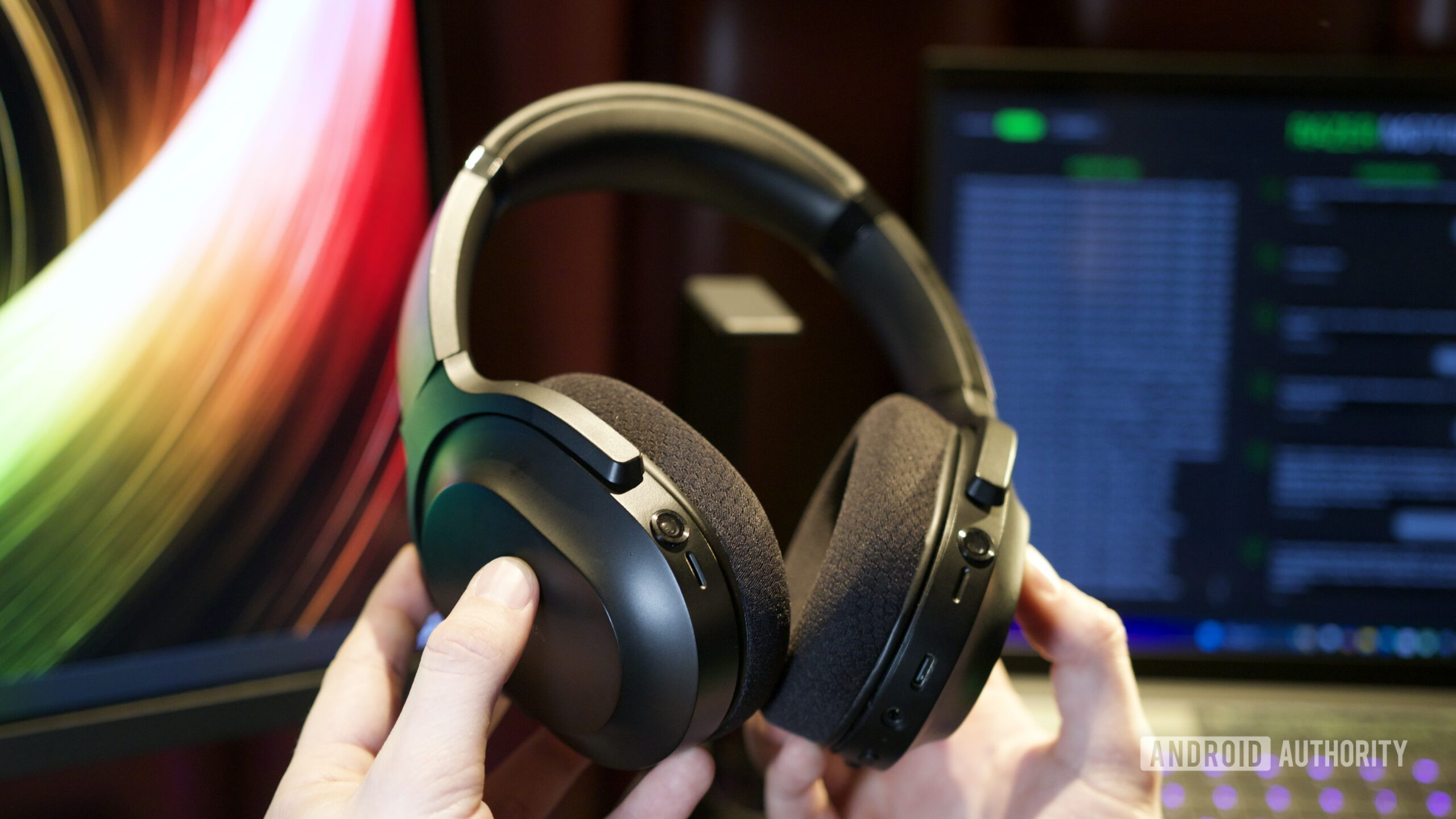
The HUAWEI FreeClip 2 match surprisingly great sound quality with an open design
Chase BernathDecember 19, 2025
0
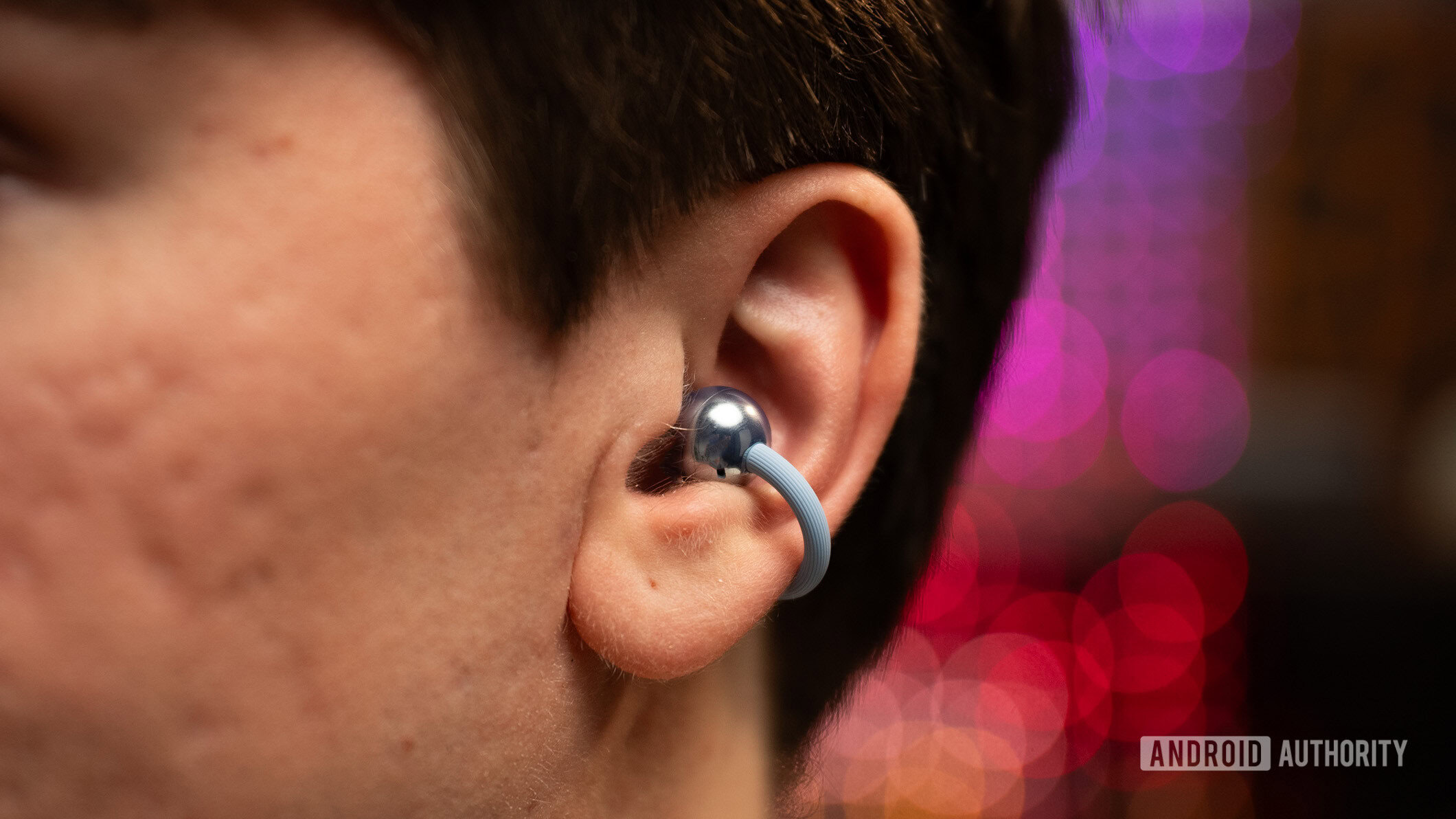

I bought the cheaper Pixel Buds, and I regret nothing
Ryan HainesDecember 5, 2025
0
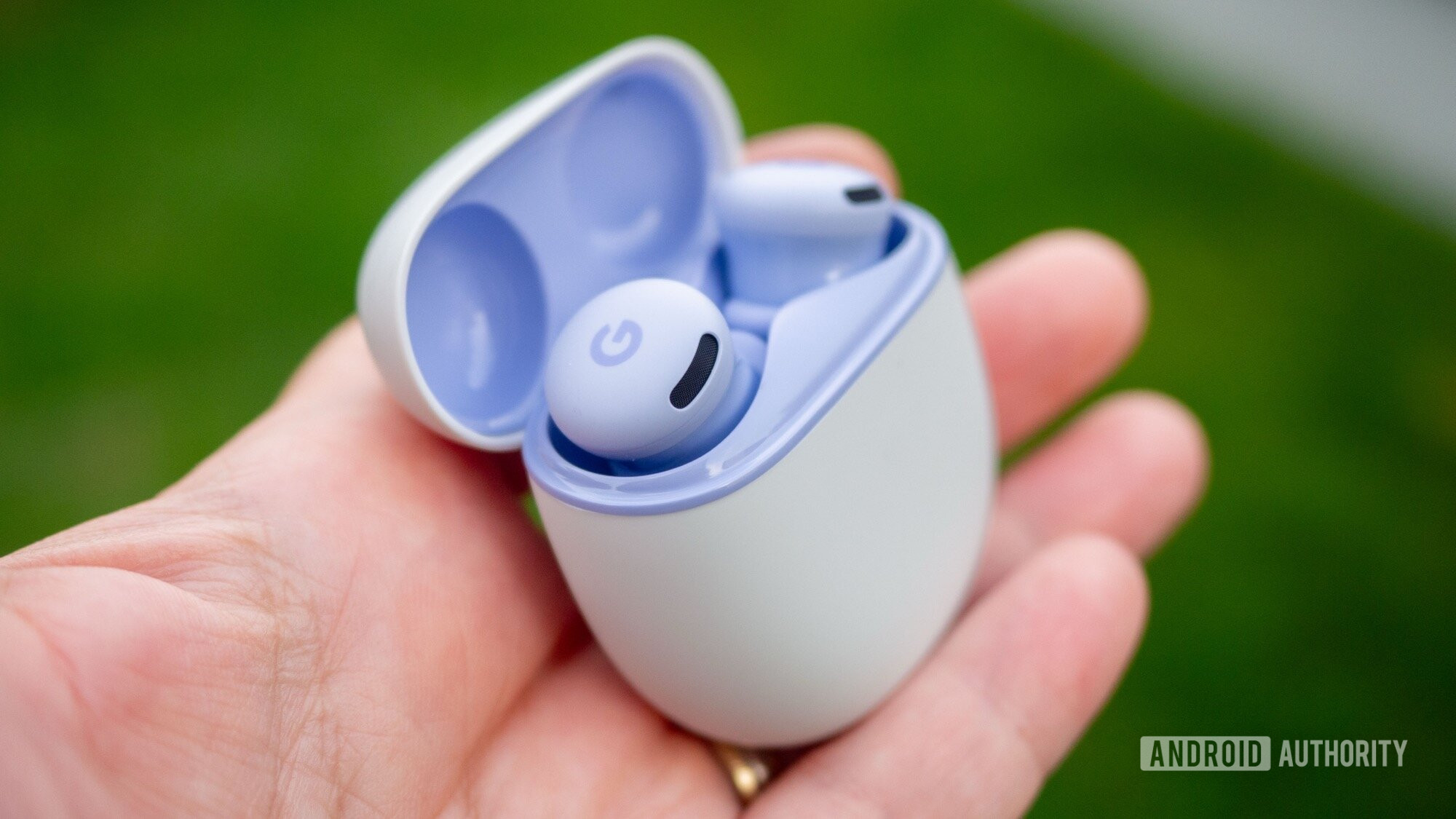
This OxygenOS 16 feature fixes my biggest annoyance with OnePlus phones
Tushar MehtaNovember 29, 2025
0
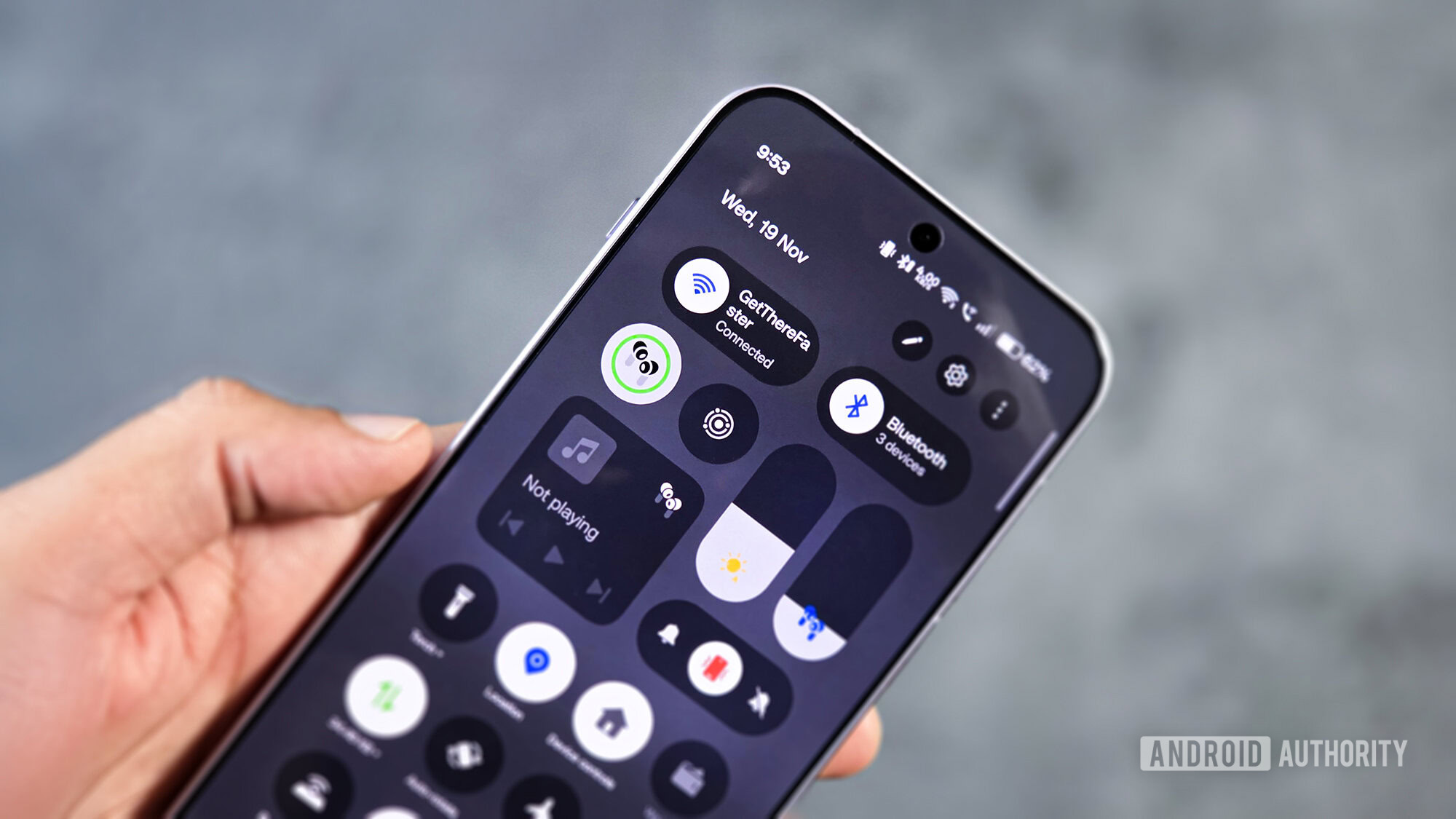
As a Pixel superfan, these are the 20 Black Friday deals I'd actually buy (and those I'd skip)
Rita El KhouryNovember 26, 2025
0

I hated the Galaxy Buds 3 Pro design, but the Buds 4 Pro might win me back
Joe MaringNovember 18, 2025
0

These Apple-made earbuds are the best Pixel Buds alternatives
Dhruv BhutaniNovember 11, 2025
0
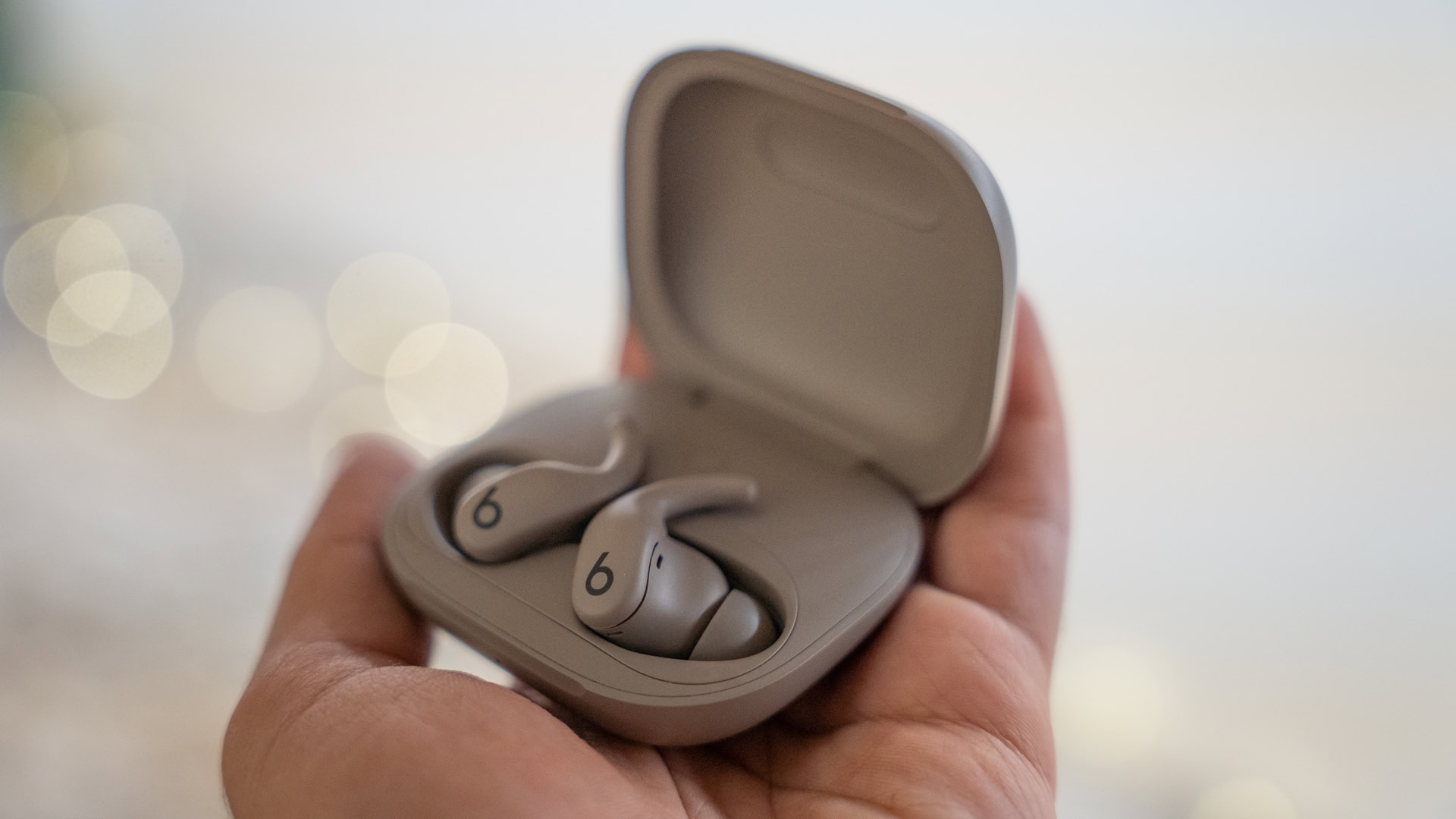
I ditched my Google Pixel Buds Pro 2 for these cheaper buds and I didn't miss a thing
Rita El KhouryOctober 11, 2025
0


Google’s rollout of Bluetooth audio sharing on Pixels has been a mess
Mishaal RahmanAugust 24, 2025
0
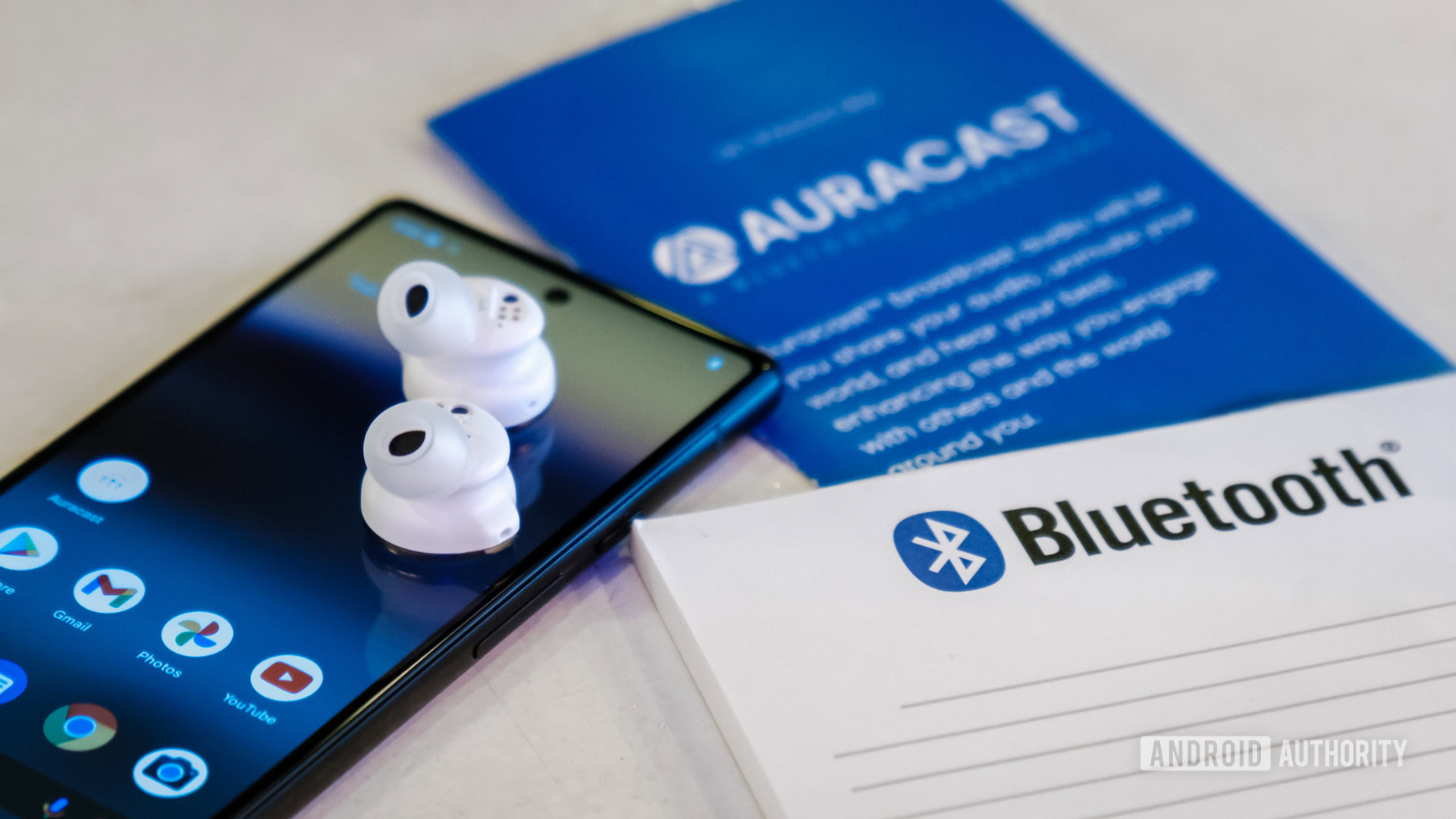
I replaced my AirPods Pro with $130 HUAWEI earbuds, and I didn't want to go back
Joe MaringJuly 12, 2025
0
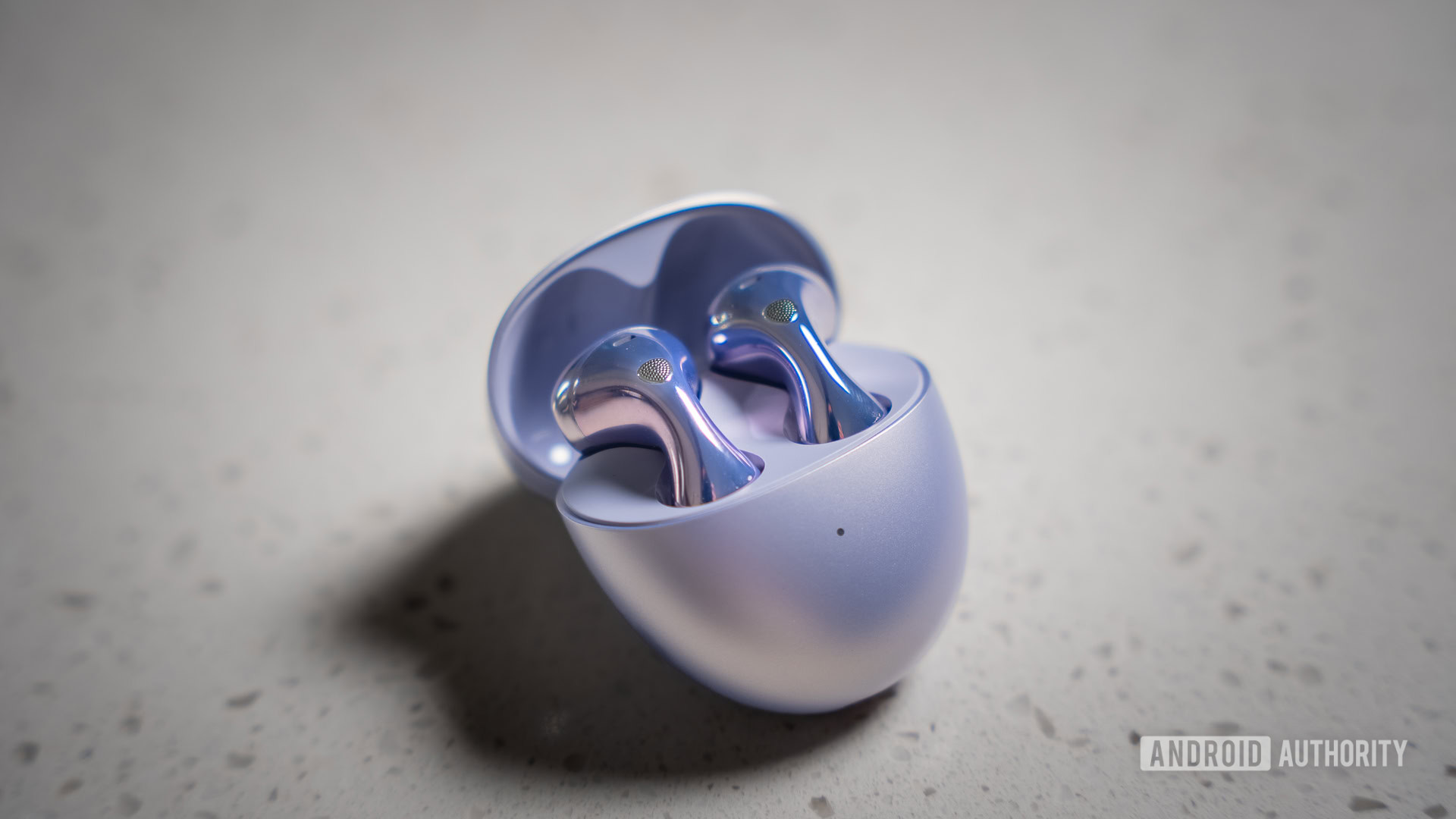

EarFun Air Pro 4 Plus deal: Great earbuds that won't cost an arm and a leg!
Edgar CervantesJanuary 16, 2026
0

Update your headphones: Fast Pair vulnerability could let attackers track your location
Taylor KernsJanuary 15, 2026
0
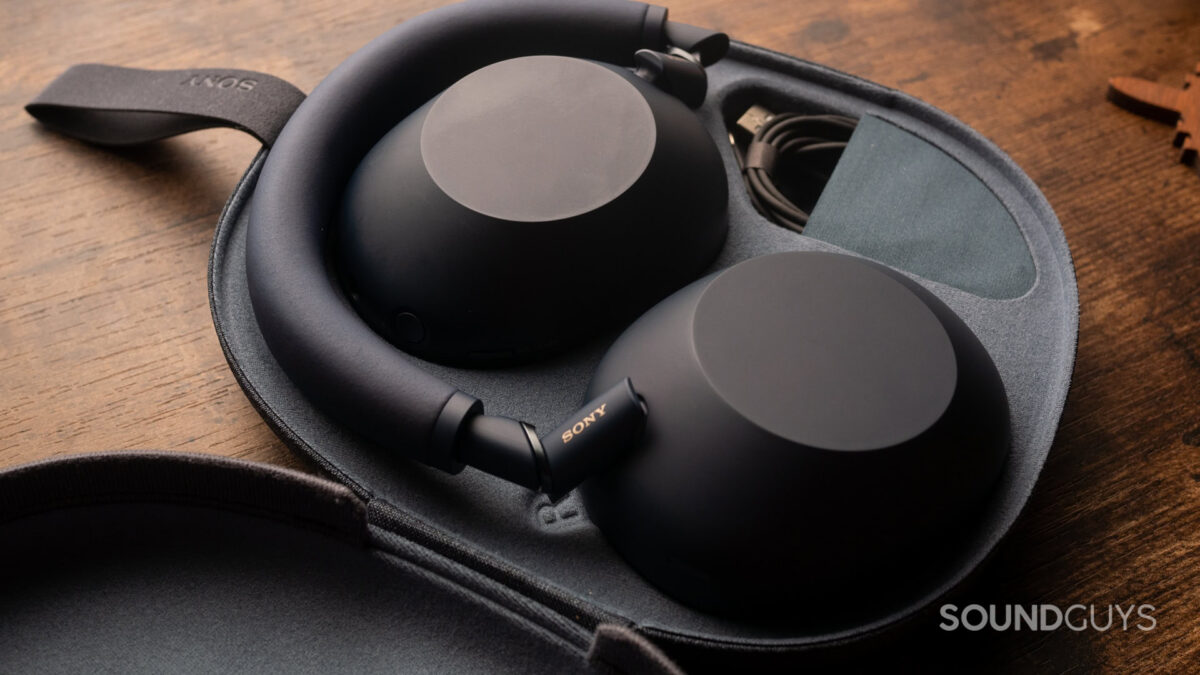
HMD posts cryptic teaser for upcoming wireless buds
Ryan McNealJanuary 15, 2026
0
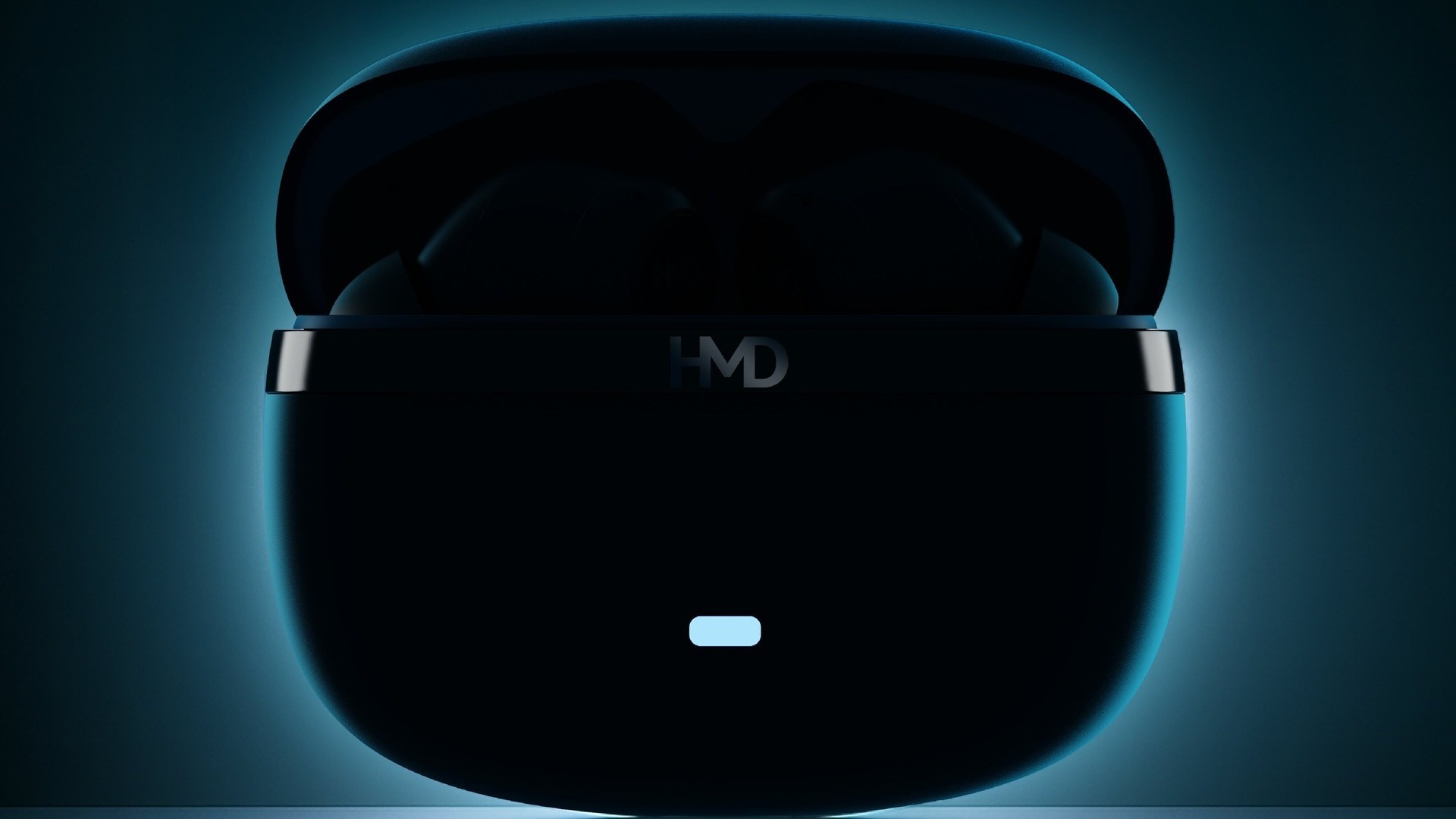
Nothing Headphone (1) and Nothing Ear (3) drop to record-low prices
Edgar CervantesJanuary 13, 2026
0
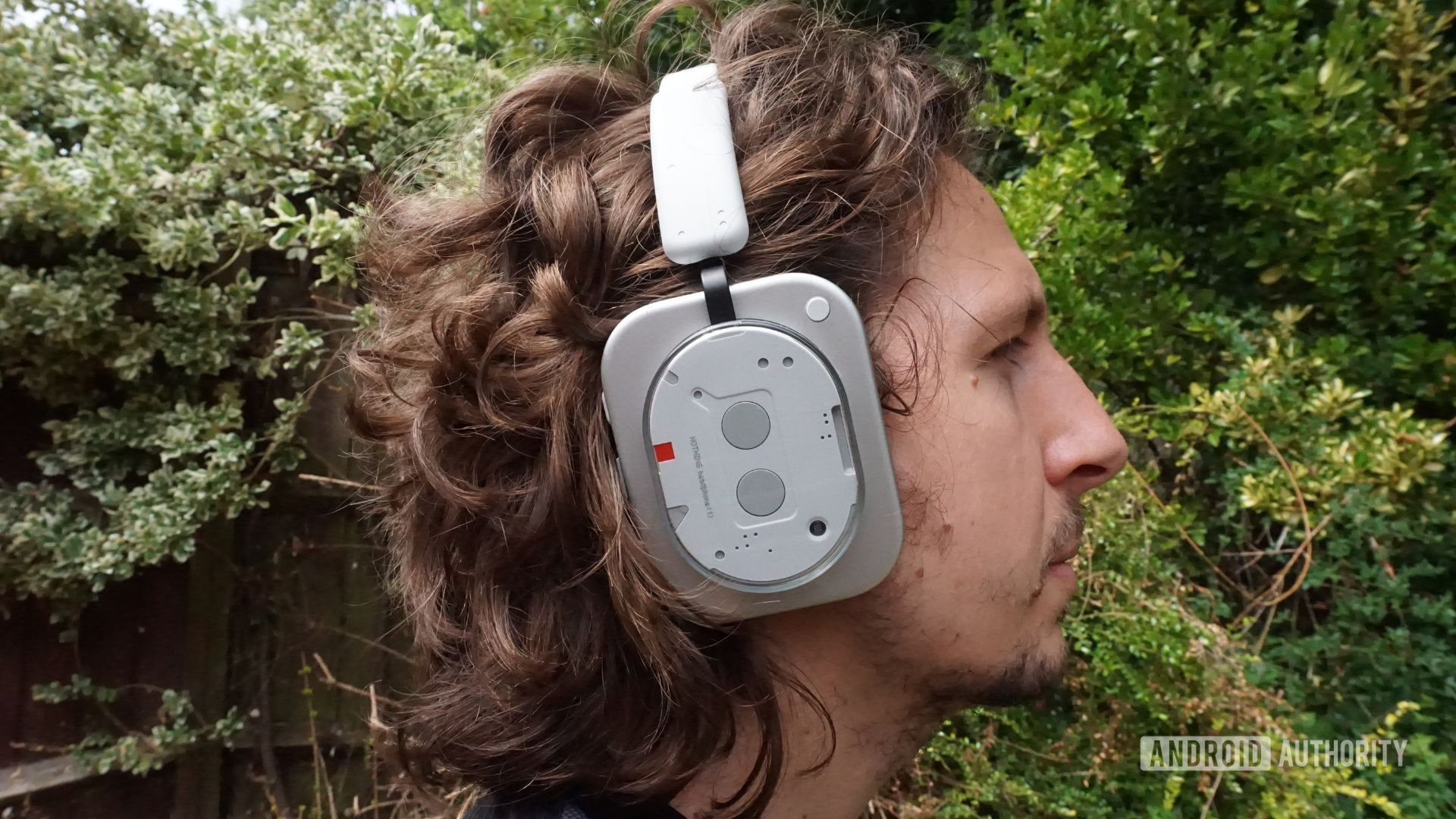
The JLab JBuds Mini are only $33.99, and they are pretty good!
Edgar CervantesJanuary 12, 2026
0
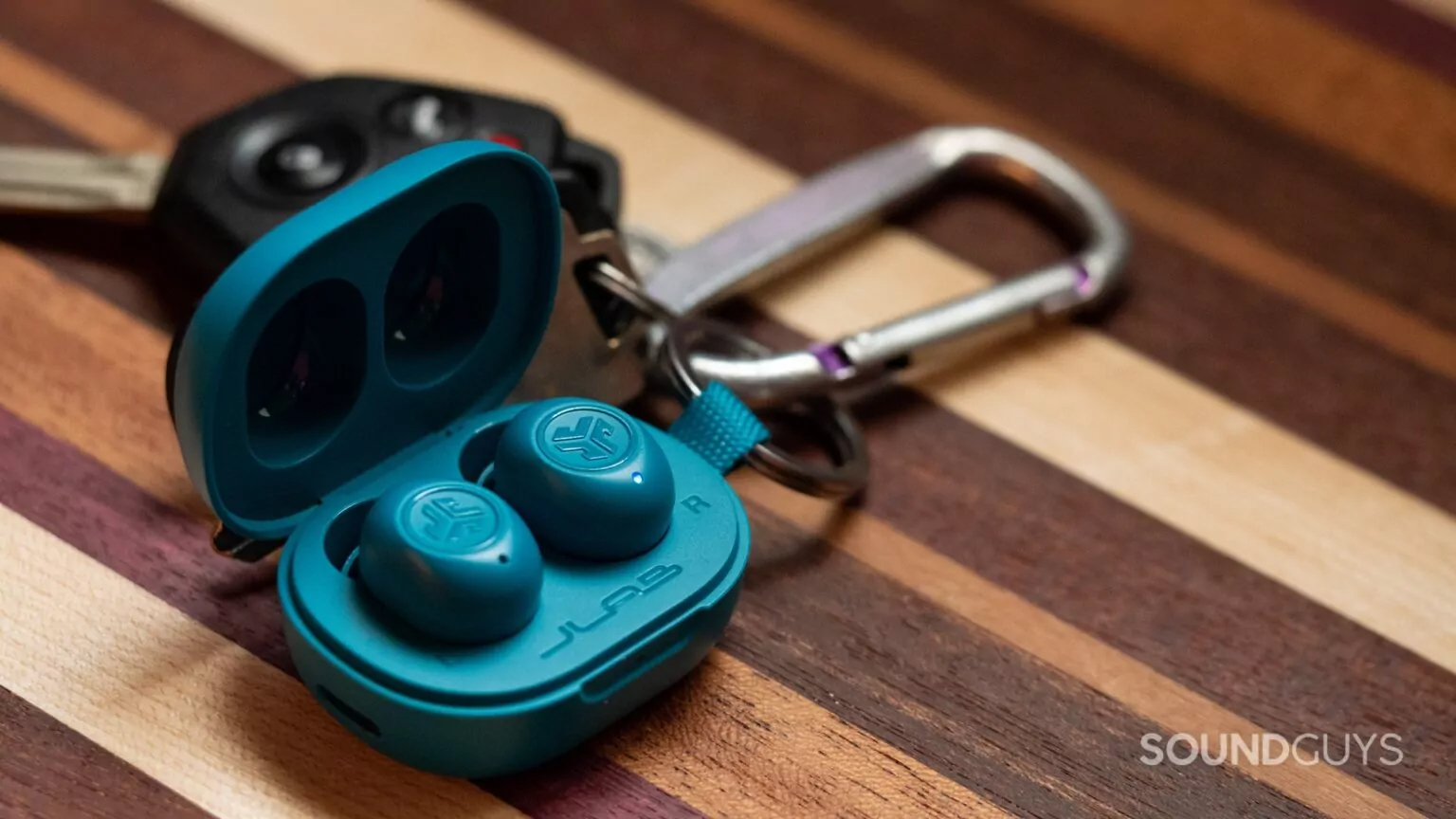
OpenAI could launch earbuds with an 'unseen before' design later this year
Ryan McNealJanuary 12, 2026
0
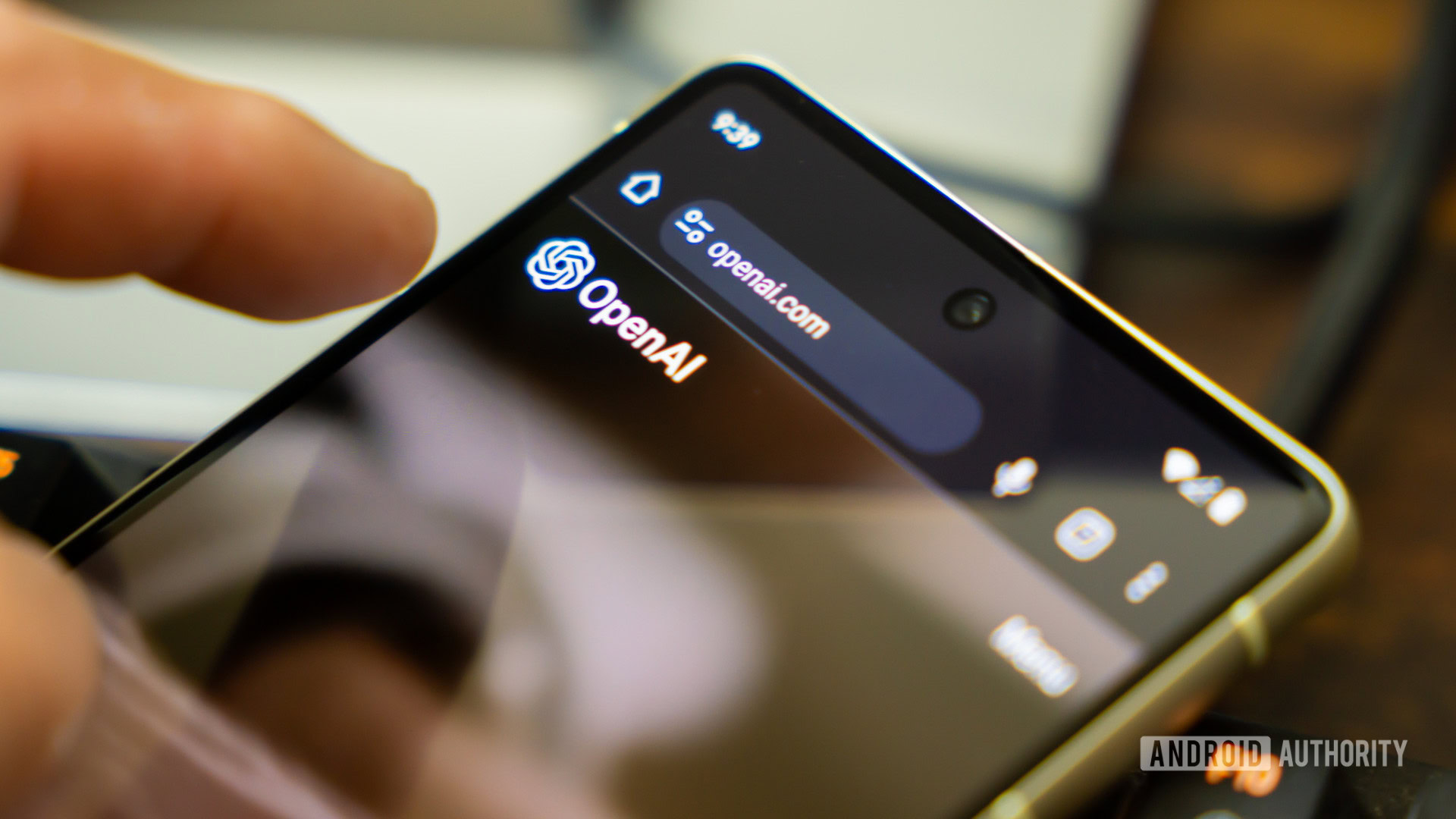
Hot deal: Pay only $999.99 for a 1TB Motorola Razr Ultra, Watch Fit, and Buds Plus!
Edgar CervantesJanuary 12, 2026
0
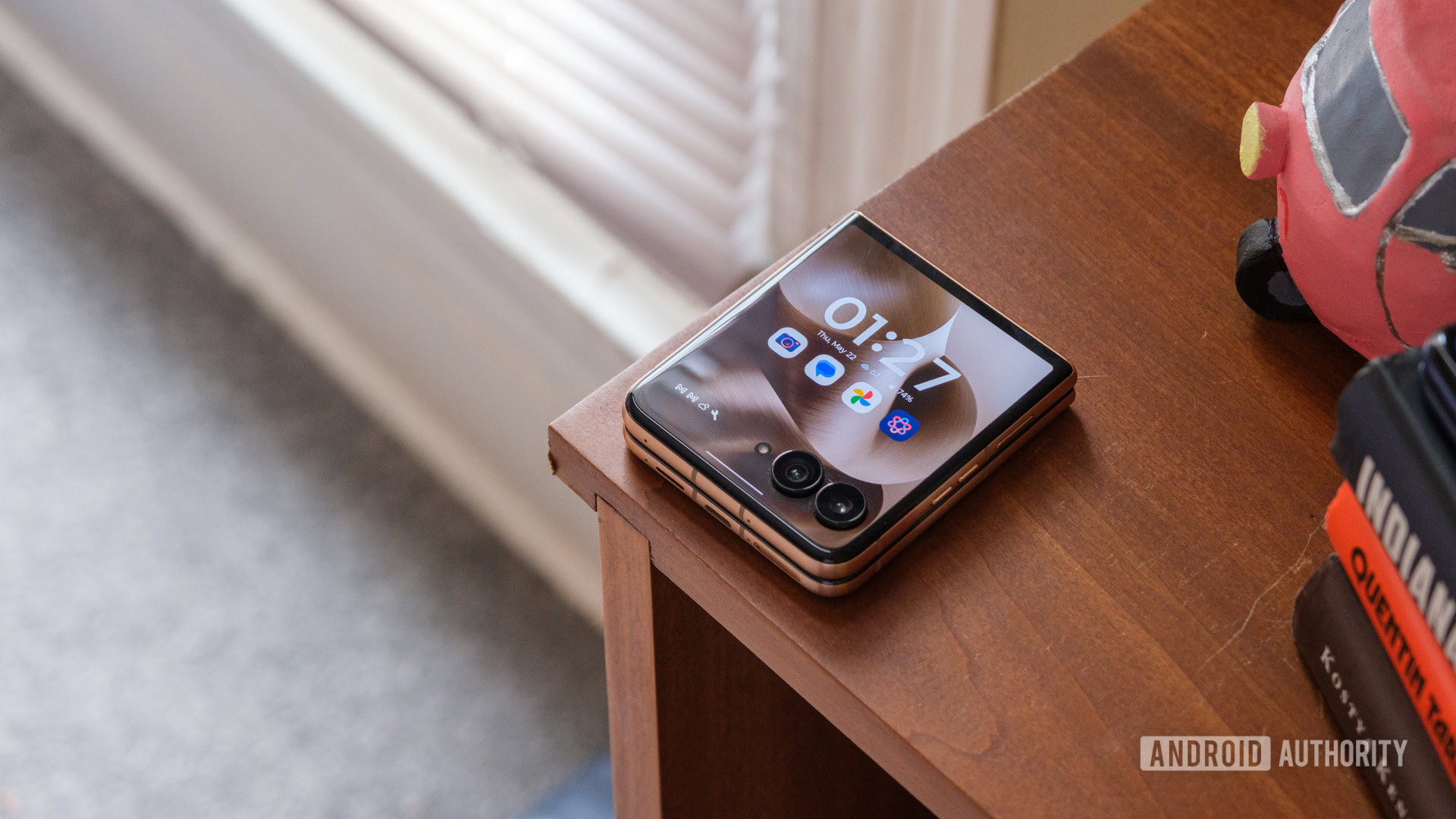
Tired of losing earbuds? OnePlus could introduce a new feature to help
Ryan McNealJanuary 7, 2026
0
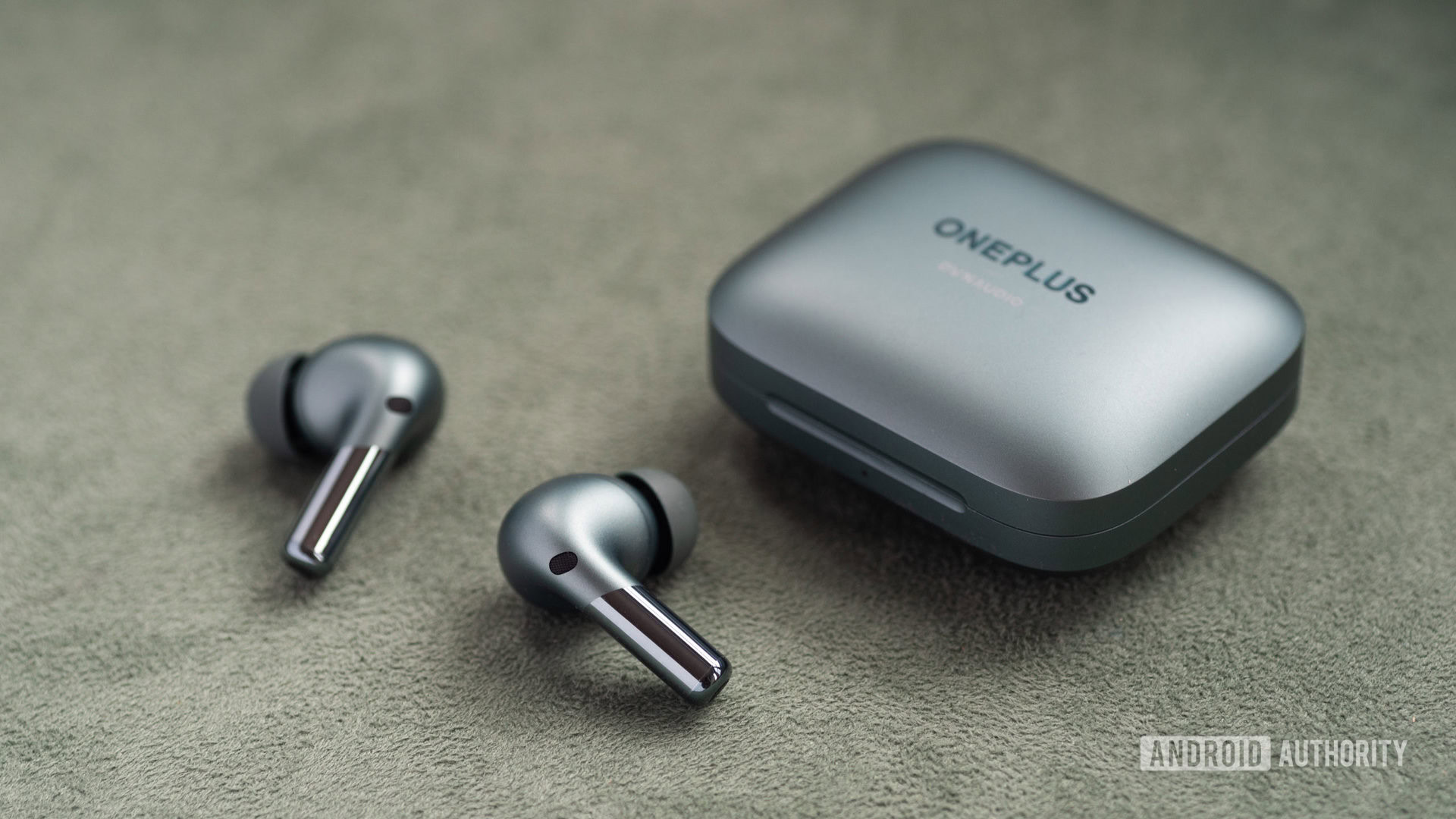
The Google Pixel Buds Pro 2 are cheaper than they were on Black Friday right now
Matt HorneJanuary 6, 2026
0
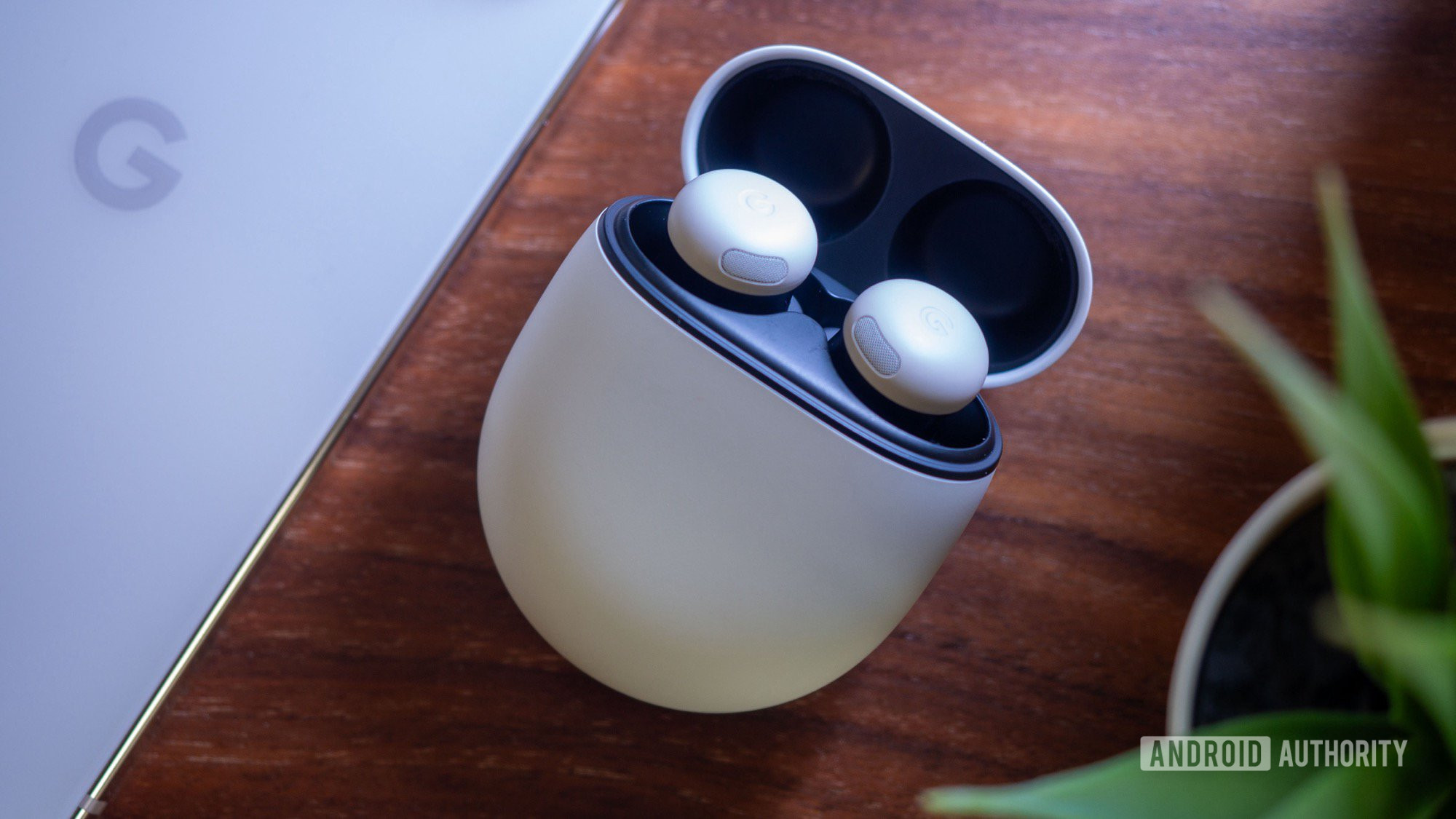
Razer's new concept headphones have built-in cameras and all the AI you need
Andrew GrushJanuary 6, 2026
0
